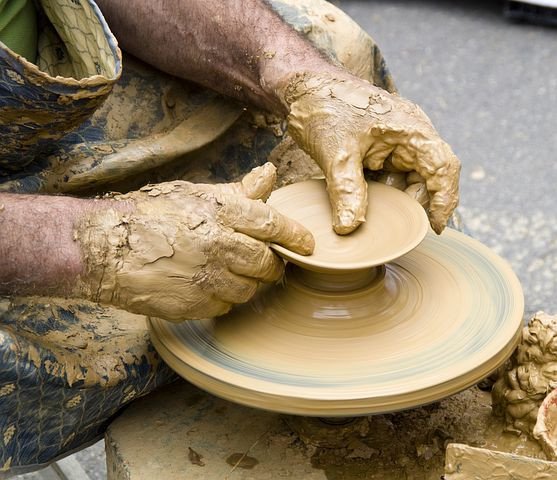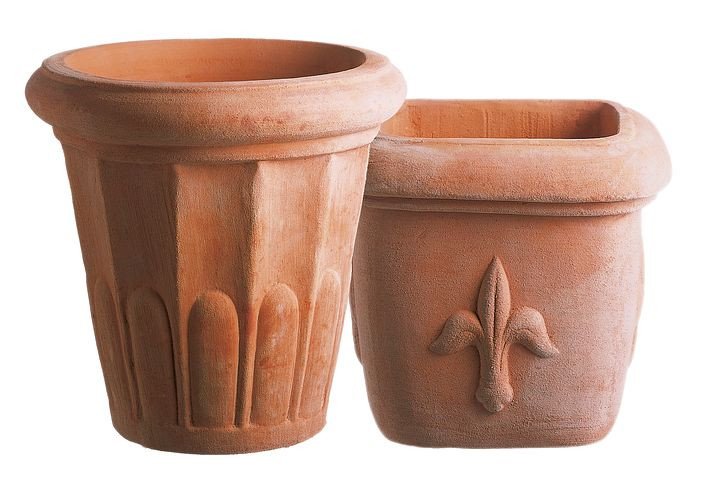
If live in an area where pottery is practised, you will not find it difficult to obtain your supply from the clay pit used by potters. Other sources are any hills, clay from river beds, clay dug out from wells, clay obtainable from the cutting of the roadsides. One of these must be available in your local area.
When your supply has been obtained, the next thing is to prepare it and store it up for use. It is advisable to prepare more than you need once, so that you can always go to your store when the need arises.
Preparation of clay involves, pounding which you can do with mortar and pestle. Hand picking the pebbles, roots, decayed vegetable matters and all other impurities is necessary from the on set.
After pounding, comes wedging and kneading with your hands. During this process, you must still use your fingers to search through the clay to remove the remaining impurities that escaped you initially. Sufficient water could be added now to bring it to the correct consistency for modelling.
Storing up clay
If this is properly carried out, you will find it rewarding in future. All you need for this exercise is a large sheet of cellophane. In each case you must provide a fitting lid. Some sheet of old jute sack.
Wrap-up your prepared clay in the big cellophane bag. This protect it from air coming in or going out. Clay dries through evaporation. Line your bucket or tin with wet sack. Put the wrapped clay in and cover with the sack. Again cover with the lid. You can go there anytime to take the quantity of clay you need and then cover up again. lf you notice that the clay is becoming hard, wet the sack again.

Clay has been focused as a material common to both ceramics and sculpture. It is used in the production of all ceramics objects. It is also used for sculptural objects.
Therefore, the focus is on clay.
Clay comes from different sources like, clay pits, river beds, and kneading, hand picking all the impurities and bringing in to the right consistency.
Storage of clay is done by wrapping it up in plastic sheet and covering it up in an old bucket or tin.
The two hands are the most dependable asset needed for clay work at this initial stage. This could be supplemented by home made basic tools.
Congratulations @perosky1! You have completed the following achievement on the Hive blockchain and have been rewarded with new badge(s) :
You can view your badges on your board And compare to others on the Ranking
If you no longer want to receive notifications, reply to this comment with the word
STOPTo support your work, I also upvoted your post!
Support the HiveBuzz project. Vote for our proposal!